China’s financing and investment spread across 61 BRI countries in 2023 (up...
2024-02-27 31 英文报告下载
Despite mounting pressure on upcoming potential bad debt formation, we think the earnings impact to listed banks may not be as large. In fact, credit costs of both the big 4 banks and listed JSBs in 2019 are already at close to historical high over the past 15 years, which should act as the first line of defence before further erosion to earnings. In addition, listed banks have strengthened their risk buffers noticeably over the past three years. Credit costs for the big 4 banks and listed JSBs stayed elevated since 2015 and averaged at around 1% and 2% respectively in 2019. This has helped to improve the NPL coverage of large banks visibly from the level in 2016. More importantly, due to tighter supervision by the regulator, China banks’ NPL classification standards are now more stringent, evidenced by a substantial increase in NPL/ 90-day+ overdue ratio among both the big 4 banks and JSBs.
In the last credit cycle in 2013-19, we believe a majority of the NPLs recognised were from corporate loans to POEs, which generally have fewer financial resources and weather down cycles not as well as SOEs. This is evidenced by the elevated NPL ratios reported by listed banks on manufacturing sector and wholesale & retail sector, which generally consist of a much higher share of private-owned entities (POE) as well as small-/ medium-sized enterprises (SMEs) than other sectors. For China banks under our coverage, NPL ratios of manufacturing sector, and wholesale & retail sector have been trending up over the past several years, and most have reached a peak-level of 7% and 10%, respectively (Figure 17 and Figure 18). Excluding these two sectors, NPL ratios of the remaining domestic corporate loan book have remained far lower at below 1.5% for most banks (Figure 19). Given the higher risks for lending to the manufacturing and wholesale & retail sectors, most banks have been shrinking their exposure to these two sectors in the past (Figure 20). Excluding PSBC, MSB and CQRCB, other banks among our coverage in aggregate reported 12% decline in loan balance to manufacturing sector during 2014-19, and 33% decline for wholesale & retail sector.

标签: 英文报告下载
相关文章
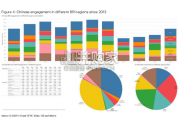
China’s financing and investment spread across 61 BRI countries in 2023 (up...
2024-02-27 31 英文报告下载
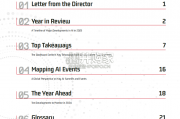
Though the risk of AI leading to catastrophe or human extinction had...
2024-02-26 52 英文报告下载
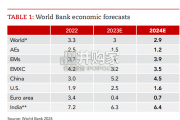
Focusing on the prospects for 2024, global growth is likely to come i...
2024-02-21 96 英文报告下载
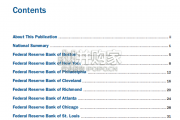
Economic activity declined slightly on average, employment was roughly flat...
2024-02-07 67 英文报告下载
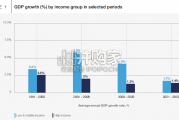
Economic growth can be defned as an increase in the quantity or quali...
2024-02-06 82 英文报告下载
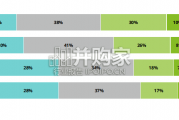
In this initial quarterly survey, 41% of leaders reported their organizatio...
2024-02-05 66 英文报告下载
最新留言